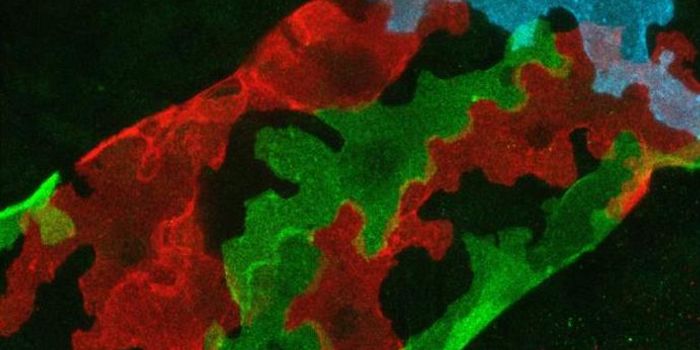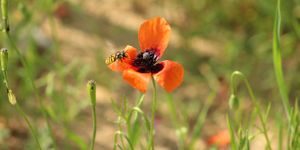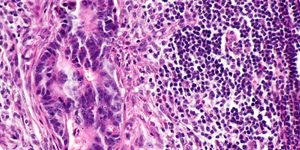Butterfly Wings Inspire Medical Implant Material
Researchers found nanostructures on butterfly wings with a unique optical characteristic - they are almost completely transparent. That has inspired them to create a synthetic version of these nanostructures, which can be used in eye implants to improve their efficacy and make them last longer. The work, by Caltech researchers, has been reported in Nature Nanotechnology and is outlined in the following video.
A postdoctoral fellow at Caltech, Radwanul Hasan Siddique, discovered that clear parts of the wing of long tail glasswing butterflies are coated in miniature pillars that have a diameter of about 100 nanometers, and separated from each other by about 150 nanometers. Thinner than a human hair, these pillars redirect light as it strikes the wing, allowing it to pass through without reflecting any light back from the surface. Thus the wings are as transparent as glass.
This special property, called angle-independent antireflection, caught the attention of researcher Hyuck Choo of Caltech. His work has focused on eye implants that can help monitor intra-eye pressure, thought to be a reason that glaucoma disrupts vision. Spiking pressure in the eye can damage the optic nerve. While medication can help prevent that damage, it must be taken as soon as eye pressure jumps for maximum efficacy.
"Right now, eye pressure is typically measured just a couple times a year in a doctor's office. Glaucoma patients need a way to measure their eye pressure easily and regularly," explained Choo, an assistant professor of electrical engineering in the Division of Engineering and Applied Science and a Heritage Medical Research Institute Investigator.
To address that issue, Choo created a tiny implant shaped like a drum. When it’s inserted into the eye, it flexes with pressure and reduces the drum’s cavity; when measured with a special handheld reader, the pressure level in the eye can be determined. There were drawbacks to the design, however. The reader had to be used in a very particular way, or it wouldn’t show the correct measurement.
That’s where the butterfly nanostructures came in; Siddique worked with Choo and graduate candidate Vinayak Narasimhan to add similar pillars to the implant, made with an inert compound called silicon nitride. After tinkering with the design, the researchers lowered the error rate of the reader threefold.
"The nanostructures unlock the potential of this implant, making it practical for glaucoma patients to test their own eye pressure every day," Choo noted.
The scientists also added a special feature to their implant; they made it attract water so that cells won’t attach to it. That attachment is a common problem in medical implants called biofouling. The implant gets coated in water as soon as it’s inserted, making cells slide off it.
"Cells attach to an implant by binding with proteins that are adhered to the implant's surface. The water, however, prevents those proteins from establishing a strong connection on this surface," explained Narasimhan. The implants appear to reduce biofouling tenfold compared to other designs.
Their success in reducing biofouling has led the team to seek other medical devices that can be improved by their design, which is inexpensive to produce.
Source: Caltech, Nature Nanotechnology








